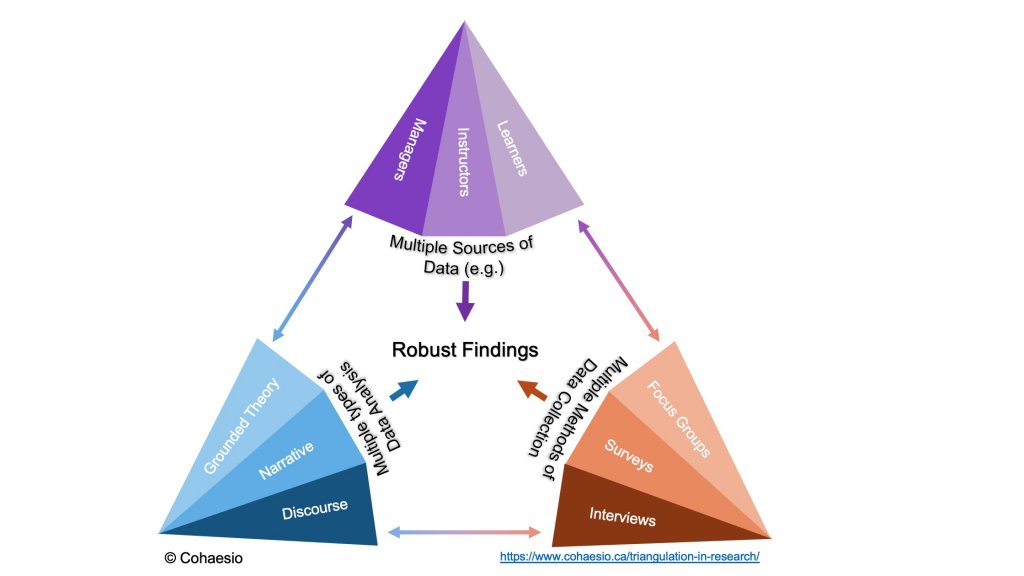Nucleic Acid Labeling Market Size & CAGR
The Nucleic Acid Labeling market is projected to reach a size of USD 500 million by 2023, with a Compound Annual Growth Rate (CAGR) of 7.5% from 2023 to 2030. The forecast growth rate signifies a steady increase in demand for nucleic acid labeling technologies in various applications such as research, diagnostics, and therapeutics.
COVID-19 Impact on the Nucleic Acid Labeling Market
The COVID-19 pandemic has significantly impacted the Nucleic Acid Labeling market, leading to disruptions in the global supply chain, delays in research projects, and an increased focus on developing nucleic acid-based diagnostics and vaccines. The sudden surge in demand for COVID-19 testing and research has propelled the adoption of nucleic acid labeling technologies worldwide, driving market growth despite the challenging economic conditions.
Nucleic Acid Labeling Market Dynamics
The Nucleic Acid Labeling market is driven by factors such as increasing investments in genomics research, advancements in sequencing technologies, and growing applications of nucleic acid labeling in molecular diagnostics. However, the market faces challenges related to regulatory compliance, data security, and competition from alternative labeling techniques. Opportunities for market growth include expanding applications in personalized medicine, agricultural biotechnology, and environmental monitoring.
Segments and Related Analysis of the Nucleic Acid Labeling Market
The Nucleic Acid Labeling market can be segmented based on technology, product, application, and end-user. Technologies include PCR-based labeling, enzymatic labeling, and chemical labeling. Products encompass reagents, kits, and instruments for nucleic acid labeling. Applications range from gene expression analysis to fluorescence in situ hybridization. End-users of nucleic acid labeling technologies include academic research institutions, biotechnology companies, pharmaceutical firms, and clinical laboratories.
Nucleic Acid Labeling Market Analysis Report by Region
Asia Pacific Nucleic Acid Labeling Market Report
The Asia Pacific region is witnessing rapid growth in the Nucleic Acid Labeling market due to increasing investments in biotechnology research, rising demand for precision medicine, and expanding genomics initiatives. Countries like China, Japan, and India are key players in the region, with a strong focus on leveraging nucleic acid labeling technologies for diagnostic and therapeutic applications.
South America Nucleic Acid Labeling Market Report
South America is emerging as a promising market for Nucleic Acid Labeling technologies, driven by advancements in healthcare infrastructure, growing awareness of genetic disorders, and increasing collaborations between academic institutions and industry players. Countries like Brazil, Argentina, and Chile are actively investing in genomics research and applications, stimulating market growth in the region.
North America Nucleic Acid Labeling Market Report
North America holds a significant share of the global Nucleic Acid Labeling market, attributed to the presence of leading biotechnology companies, well-established research facilities, and robust funding for genomics research. The United States and Canada are at the forefront of technological advancements in nucleic acid labeling, driving innovation and market expansion in the region.
Europe Nucleic Acid Labeling Market Report
Europe is a key player in the Nucleic Acid Labeling market, characterized by a strong emphasis on precision medicine, personalized healthcare, and collaborative research consortia. Countries like Germany, the United Kingdom, and France are investing in advanced genomics technologies, driving the adoption of nucleic acid labeling solutions for diverse applications in research, diagnostics, and drug development.
Middle East and Africa Nucleic Acid Labeling Market Report
The Middle East and Africa region are witnessing a growing demand for Nucleic Acid Labeling technologies, fueled by increasing investments in genomics research, healthcare infrastructure development, and public health initiatives. Countries like Saudi Arabia, UAE, and South Africa are at the forefront of adopting nucleic acid labeling for diverse applications, including infectious disease surveillance, cancer diagnostics, and agricultural biotechnology.
Nucleic Acid Labeling Market Analysis Report by Technology
The Nucleic Acid Labeling market can be analyzed based on different technologies such as PCR-based labeling, enzymatic labeling, and chemical labeling. Each technology offers unique advantages in terms of sensitivity, specificity, ease of use, and cost-effectiveness, catering to diverse research and diagnostic needs in the life sciences industry.
Nucleic Acid Labeling Market Analysis Report by Product
Products in the Nucleic Acid Labeling market include a wide range of reagents, kits, and instruments specifically designed for labeling nucleic acids. These products are essential for various applications, including DNA sequencing, RNA detection, FISH analysis, and PCR amplification. Key players in the market offer innovative products that meet the evolving needs of researchers and clinicians in genomics and molecular diagnostics.
Nucleic Acid Labeling Market Analysis Report by Application
Applications of Nucleic Acid Labeling technologies span across multiple areas such as gene expression analysis, DNA sequencing, biomarker discovery, infectious disease diagnostics, and pharmacogenomics. These applications play a crucial role in advancing precision medicine, personalized healthcare, and genetic research, driving the adoption of nucleic acid labeling solutions in academic, clinical, and industrial settings.
Nucleic Acid Labeling Market Analysis Report by End-User
End-users of Nucleic Acid Labeling technologies include academic research institutions, biotechnology companies, pharmaceutical firms, clinical laboratories, and diagnostic centers. Each end-user category has specific requirements and preferences for nucleic acid labeling products and services, influencing market trends, product development, and strategic partnerships in the life sciences industry.
Key Growth Drivers and Key Market Players of Nucleic Acid Labeling Market
Key growth drivers of the Nucleic Acid Labeling market include the increasing demand for personalized medicine, advancements in genomics research, and the expanding applications of nucleic acid labeling in oncology, infectious diseases, and genetic disorders. Key market players operating in the Nucleic Acid Labeling market include:
- Agilent Technologies
- Bio-Rad Laboratories
- Thermo Fisher Scientific
- Merck KGaA
- PerkinElmer, Inc.
Nucleic Acid Labeling Market Trends and Future Forecast
Trends in the Nucleic Acid Labeling market include the adoption of multiplexing technologies, the integration of artificial intelligence in data analysis, and the development of novel labels for enhanced detection sensitivity. Future forecasts suggest continued growth in demand for nucleic acid labeling solutions, driven by advancements in genomics, precision medicine, and the increasing focus on biomarker discovery in various disease areas.
Recent Happenings in the Nucleic Acid Labeling Market
Recent developments in the Nucleic Acid Labeling market include collaborations between leading biotechnology companies, research institutions, and healthcare providers to accelerate the development and adoption of nucleic acid labeling technologies for COVID-19 testing, vaccine development, and genomic surveillance. Key players are investing in research and innovation to launch novel products and expand their market presence in the rapidly evolving life sciences industry.



